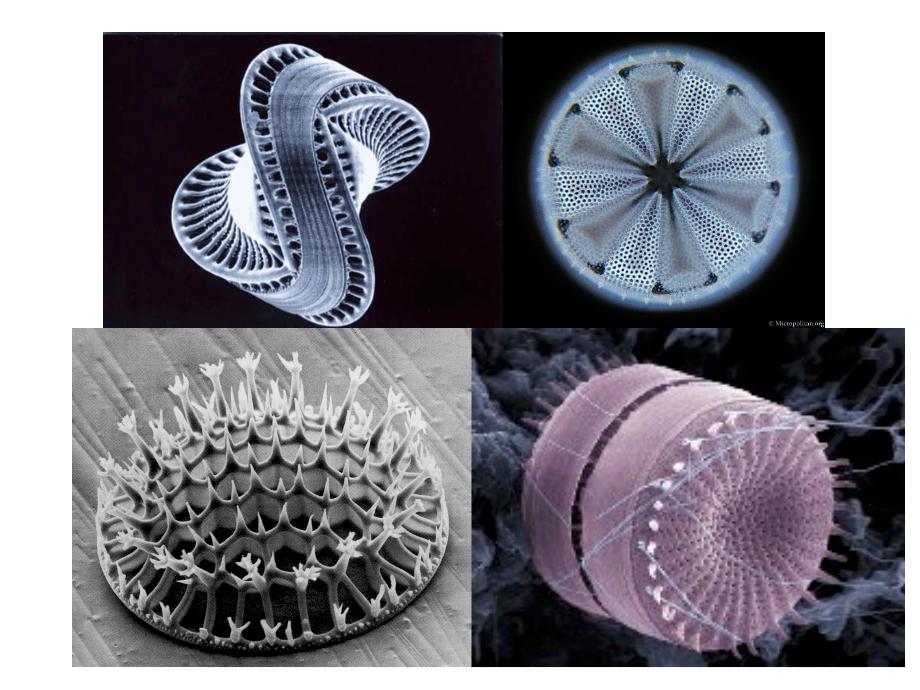“Better understanding molecular interactions is crucial to biomimicry ”

Biomimicry is particularly popular right now. The newly-created Ceebios is its centre of excellence. Can you tell us more about this structure?
The CEEBIOS is an association whose purpose is to promote the development of biomimicry. The aim is to pool our knowledge in order to generate new bio-inspired projects. We seek to imitate the biological systems and strategies that have proven themselves over billions of years of evolution. By taking inspiration from nature, we strive for a better understanding, for solutions that are respectful of the environment. The CEEBIOS aims to be a bridge between the academic world and the industrial world in order to create synergies. New methodological tools are being developed in order to rigorously implement this approach.
Therefore, it is an association of different disciplines. What is your specialty?
I am a physicochemistry engineer, and my thesis was in biomaterial chemistry. I was working on composite matrices for the regeneration of biological tissues (nerves, skin, etc.). My role at CEEBIOS is to provide support to innovative projects, from the idea stage through to development, with R&D companies. We also provide training, in particular for industry, but we also work on raising awareness among the general public.

The Ceebios’ mission is also to bring the scientific field closer to industry in order to encourage the latter to explore the possibilities of biomimicry. |
Your approach is closely linked to the environment; what is your position on synthetic polymers?
There are three main families of polymers in living organisms: proteins, polysaccharides and nucleic acids. They are made up of abundant elements (carbon, oxygen, hydrogen, nitrogen and, to a lesser extent, sulphur and phosphorus) which makes them biologically recyclable. In addition, the synthesis processes take place at ambient pressure and temperature, in water. It is interesting to see that such a simple composition can create such interesting and different properties. Their structures at varying scales give them characteristics such as multifunctionality and versatility (self-healing, adaptive).
These polymers must serve as a source of inspiration. Fossil resources will not last forever, and using them releases CO2 into the atmosphere. In that context, eco-design is crucial and must be used to improve the environmental performance of products. Biomimicry and natural polymers are a major source of inspiration in this respect.

Synthetic polymers are more than welcome in the world of biomimicry, and all the more if they are easy to recycle or biodegradable. |
Do you systematically use that type of polymer?Not always, and that is why synthetic polymers have a great future ahead of them, particularly if they are easy to recycle, eco-designed, and possibly even biodegradable. Research process are time-consuming and our ambition is not to revolutionise the whole field overnight. In fact, the petrochemical industries are also seeking solutions to make inroads into the virtuous circle of the green economy, and biomimicry is of great interest to them in that regard. |
On that subject, what are the main areas of research in your industry?That type of information is generally quite confidential as it pertains to industrial R&D projects. However, I can give you a few examples. For instance, diatoms, unicellular microalga, are the source of particular fascination. This plankton is able to make a glass shell from silicon, in water, at ambient pressure and temperature. The mussels and its byssus, an adhesive it can produce to attach itself to a base even in seawater, are also particularly popular. |

Diatoms, a variety of microalgae, are able to make a glass shell. Reproducing this process is one of the latest challenges taken up by biomimicry specialists. |
Nature still has a lot to teach about the way in which it designs self-healing, fireproof, adaptive and yet more other types of materials. These are just a few examples among many, but I chose them because they concern my chosen field of materials.

|
Precisely, biomimicry is not limited to materials…
That is true, and that is why it is so fascinating. All fields are concerned, such as materials of course, but also and more generally those of chemistry, energy, information management, water and architecture. Whatever the sector, the most important thing is to foster communication between disciplines. These teams rarely include biologists, for instance, and it is therefore important to set up collaborations between different profiles. The interdisciplinarity of research is a considerable asset. However, biomimicry generates great enthusiasm in all major fields and fosters a considerable forward momentum, which makes me optimistic for the future.





